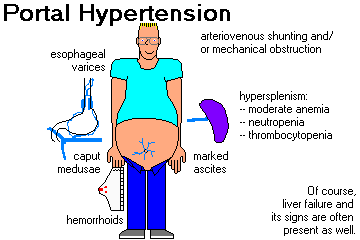
The role of TIPS in the management of portal hypertension
TIPS in the management of portal hypertension
Transjugular intrahepatic portosystemic shunt (TIPS) is an interventional radiology technique that has shown a 90% success rate to decompress the portal circulation.
As a non-surgical intervention, without requirement for anesthesia and very low procedure-related mortality, TIPS is applicable to severe cirrhotic patients, who are otherwise untreatable, for example, nonsurgical candidates.
TIPS constitutes the most frequently employed tool to achieve portosystemic shunting.
TIPS acts by lowering portal pressure, which is the main underlying pathophysiologic determinant of the major complications of cirrhosis. Regarding esophagogastric variceal bleeding, TIPS has excellent hemostatic effect (95%) with low rebleeding rate (<20%).
TIPS is an accepted rescue therapy for first line treatment failures in 2 settings (1) acute variceal bleeding and (2) secondary prophylaxis. In addition, TIPS offers 70% to 90% hemostasis to patients presenting with recurrent active variceal bleeding. TIPS is more effective than standard therapy for patients with hepatic venous pressure gradient >20mm Hg. TIPS is particularly useful to treat bleeding from varices inaccessible to endoscopy.
TIPS should not be applied for primary prophylaxis of variceal bleeding. Portosystemic encephalopathy and stent dysfunction are TIPS major drawbacks. The weakness of the TIPS procedure is the frequent need for endovascular reintervention to ensure stent patency.
The circulatory effects of TIPS are an attractive approach for the treatment of refractory ascites and hepatorenal syndrome, yet TIPS is not considered first line therapy for refractory ascites owing to unacceptable incidence of portosystemic encephalopathy. Pre-TIPS evaluation taking into account predictors of outcome is mandatory.
The improved results achieved with covered-stents might expand the currently accepted recommendations for TIPS use.